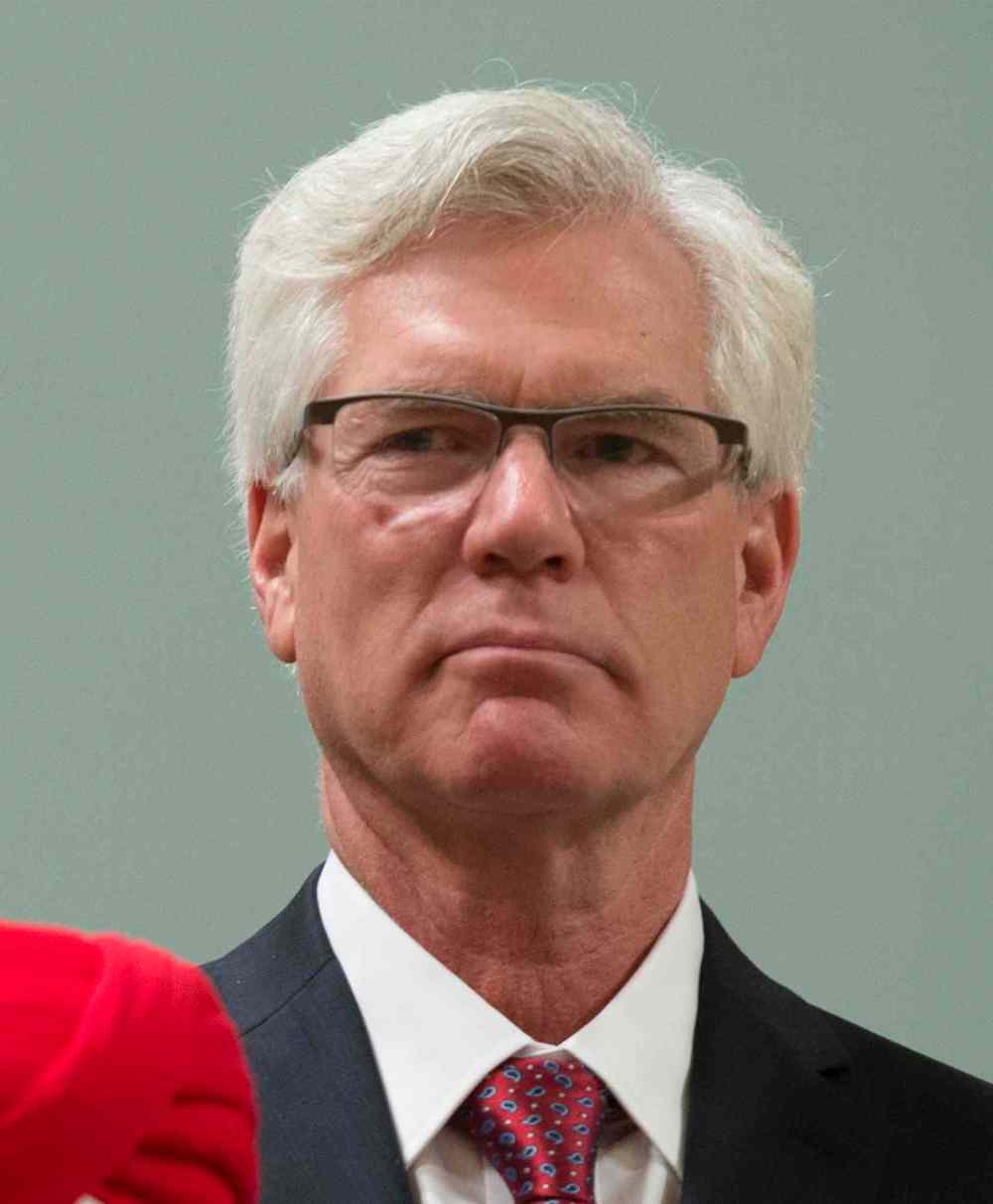Trudeau doing away with regional cabinet ministers
Advertisement
Read this article for free:
or
Already have an account? Log in here »
To continue reading, please subscribe:
Monthly Digital Subscription
$0 for the first 4 weeks*
- Enjoy unlimited reading on winnipegfreepress.com
- Read the E-Edition, our digital replica newspaper
- Access News Break, our award-winning app
- Play interactive puzzles
*No charge for 4 weeks then price increases to the regular rate of $19.00 plus GST every four weeks. Offer available to new and qualified returning subscribers only. Cancel any time.
Monthly Digital Subscription
$4.75/week*
- Enjoy unlimited reading on winnipegfreepress.com
- Read the E-Edition, our digital replica newspaper
- Access News Break, our award-winning app
- Play interactive puzzles
*Billed as $19 plus GST every four weeks. Cancel any time.
To continue reading, please subscribe:
Add Free Press access to your Brandon Sun subscription for only an additional
$1 for the first 4 weeks*
*Your next subscription payment will increase by $1.00 and you will be charged $16.99 plus GST for four weeks. After four weeks, your payment will increase to $23.99 plus GST every four weeks.
Read unlimited articles for free today:
or
Already have an account? Log in here »
Hey there, time traveller!
This article was published 18/11/2015 (3693 days ago), so information in it may no longer be current.
OTTAWA — Prime Minister Justin Trudeau is doing away with the concept of regional cabinet ministers, the Free Press has learned.
“There will not be regional ministers as all ministers will work collaboratively with provinces, territories and communities,” said Olivier Duchesneau, a spokesman for the Prime Minister’s Office.
Duchesneau said the Ministerial Regional Offices in every province will remain open for the use of any minister visiting or working on an issue specific to that province. That is how the MROs are scripted in Treasury Board policies, noted Duchesneau.
The news came as a surprise to former Liberal cabinet minister Lloyd Axworthy, who was the regional minister in Manitoba under both Pierre Trudeau and Jean Chrétien.
“Well, we have a new government so I guess let’s try this and we’ll see how it works,” he said. “It might open things up.”
Regional ministers started with John A. Macdonald, who appointed Sir George-Étienne Cartier to be his Quebec lieutenant and keep the prime minister apprised of issues in that province. The practice expanded to other provinces in later governments and the roles have varied depending on the prime minister. At times, the regional minister’s role was more partisan, tasked with making recommendations for government patronage appointments. In more recent years, the job was seen as being a point person in each province or region to keep an eye on percolating problems or to promote the government’s policies to local people.
Regional ministers were always selected from within the cabinet. Most recently, Shelly Glover filled that role in Manitoba, at the same time as she performed her duties as the minister of heritage. Prior to that, it was Vic Toews. In previous Liberal governments, Reg Alcock, Rey Pagtakhan, Ron Duhamel and Axworthy all performed the role. It did not come with any additional salary.
The creation of actual regional ministers offices didn’t happen until 1985. There were 16 regional ministers’ offices across the country under the last government. They came under some scrutiny in the last year for ballooning budgets, patronage hiring and patronage work. They also were costing more money.
Between 2009-10 and 2013-14, the cost of regional offices jumped to $2.7 million from $1.6 million, and the number of full-time staff working in them went to 30 people from 20.
Some critics were concerned MRO staff were simply party operatives paid for by the government.
Trudeau did appoint at least one minister from every province. Manitoba has two cabinet ministers in Trudeau’s government. Jim Carr is the minister of natural resources and MaryAnn Mihychuk is the minister of employment, workforce development and labour.
Like every minister, they both received mandate letters that Trudeau made public last week. None of the letters speaks about regional responsibilities.
Carr said Wednesday nobody has raised the issue of regional representation with him.

Carr’s mandate letter lists seven priorities, including developing a Canadian energy strategy to protect Canada’s energy security and promote energy conservation. In 2011, Carr was part of a group known as the Winnipeg Consensus Group, which developed a report recommending exactly that.
Also critical for Carr will be dealing with the promised new environmental assessment process for projects such as pipelines, which he said will be developed in consultation with stakeholders as soon as possible.
Carr is also tasked with helping launch a North American climate change and environment agreement and he said Wednesday he has invited his counterparts from the United States and Mexico to Canada in January to start working in earnest.
Mihychuk has 13 listed priorities in her letter, many of them dealing with amending the employment insurance program to cut wait times for benefits, eliminating penalties for people re-entering the workforce, and ensuring EI contributions are only used to fund EI programs.
Job training, post-secondary education accessibility, youth employment strategies and a poverty reduction strategy are also on her list.
mia.rabson@freepress.mb.ca
History
Updated on Wednesday, November 18, 2015 5:47 PM CST: Changes to first paragraph
Updated on Wednesday, November 18, 2015 5:51 PM CST: Adds links to mandate letters.
Updated on Wednesday, November 18, 2015 7:19 PM CST: Adds sidebar
Updated on Wednesday, November 18, 2015 8:50 PM CST: Fixes spelling of Olivier Duchesneau.

